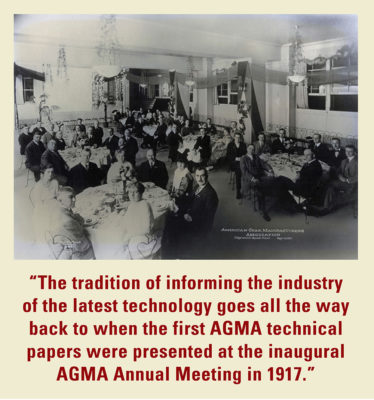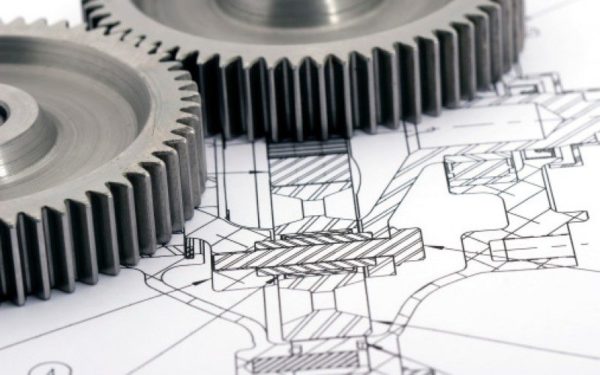FEATURED VIDEO
January 10, 2024
RECOMMENDED
-
The Importance of Workholding Flexibility
August 15, 2024 -
-
Mission to Mars
August 15, 2024
-
-
Small Bevel Gears Made Easy
October 22, 2024
-
-
Small Bevel Gears Made Easy
October 22, 2024 -
The Importance of Workholding Flexibility
August 15, 2024










